Nir Eyal is the author of the bestseller Hooked: How to Build Habit-Forming Products, and blogger at NirandFar.com. Referred to as the “Prophet of Habit-Forming Technology” by the MIT Technology Review, he has founded two tech companies since 2003 and has taught at the Stanford Graduate School of Business and Design School. Nir has a ton to share on habit formation of both companies and individuals, and how different products control us. As habits account for about 50% of our actions every day, Nir works closely with companies to help them create products that in turn help others form and stick with habits that upgrade their life.
Nir also addresses the difference between habits and addictions, the inner triggers that affect our behavior and misconceptions about distraction when it comes to technology, how to empower yourself and your family in an age of distractibility, and tips for maintaining a strong sense of self-efficacy and agency in the ever-growing technological revolution.
Takeaways:
[3:37] Nir speaks about overcoming obesity, and how his relationship with food was a catalyst for his interest in learning and understanding how different things and products control our behaviors.
[9:34] Nir’s ancestors were Holocaust survivors. His Jewish roots are at the forefront of challenging and questioning truth.
[10:54] Nir defines a habit as the “impulse to do a behavior with little or no conscious thought.” It’s an evolutionary adaptation that accounts for about 50% of our actions and decisions each day. His work is focused on helping technologists and product makers utilize the new innovation to form better habits and improve upon their own lives.
[12:55] There are succinct steps to get someone to pay money on a product once through advertising, but Nir’s clients want to repeatedly and consistently impact behavior.
[14:07] In his book Hooked: How to Build Habit-Forming Products, Nir identifies a model with four steps to form our preferences and habits: Trigger, Action, Reward, and Investment. These are based on a reward with uncertain variables, much like pulling the lever on a slot machine or watching a good movie without knowing the outcome.
[17:21] An example of the four-step Hooked model with Facebook is:
- Internal Trigger — Negative Feelings such as seeking connection, loneliness, boredom
- External Trigger — Ping, ring or notification that leads you to an action
- Action — Opening the App
- Variable Reward — Scrolling the Feed and Connection with other users
- Investment — Improved association for the product through the act of commenting, liking and posting with results
[18:36] Nir speaks to the ethics of how businesses use this model in a way that garners positive outcomes in people’s lives and supports efficacy and social responsibility.
[20:26] Habit vs. Addiction: A habit is just an impulse to do a behavior with little or no conscious thought, which can be good, bad, or neutral. An addiction, on the other hand, is a persistent and compulsive dependency that harms the user.
[24:21] Distractibility isn’t a new concept to our brain and psyche. Akrasia was a term first coined by Socrates and Plato, defined as the tendency to do things against our finer judgment. The medium has changed, but there has always been distraction.
[29:04] A common misconception is that it’s the technology causing us to be distracted. Nir explains that until you deal with the internal issue or feeling causing the behavior, one will always find a way to stay distracted
[34:19] Nir only works with companies that want to utilize the application and technology to help others do what they want to do.
[38:39] The three elements that all must be present for addiction to happen:
- The product
- The person
- The pain or the problem
Quotes
● “The real problem is that far too many products suck!”
● Scrolling on Facebook uses the same psychology as pulling the lever on a slot machine or falling in love.
● “Most of our distraction starts from within.”
● “Even if you get rid of the tools of distraction, if you haven’t taken care of the internal triggers that are driving you to distraction, you always find something else.”
● “We’re designing products better so that people actually use them.”
● “In a techno-panic, we take a temporary example and blow it out of proportion.”
● “It’s not the technique or the technology, it’s the application. The ethical test is always if it’s something the user really wants to do.”
Mentioned in This Episode:
- Nir and Far
- MIT Technology Review
- Tech Crunch
- Hooked: How to Build Habit-Forming Products, by Nir Eyal, with Ryan Hoover
- Albert Bandura
- Predictive Processing Theory
- 7 Cups
- “Taking a Break From Drinking with Rachel Hart”
- The Regret Test
- Duolingo
- Indistractable
- Stanford Graduate School of Business
- Hasso Plattner Institute of Design (d.school)
What Lisa's Listening To:
Feminine Power Time with Christine Arylo
Super Power U Resources:
- Feedback and show ideas to hey@lisabl.com
- Super Power U Facebook Page
Lisa Betts-LaCroix on Twitter — @LisaBL - Super Power U Podcast on iTunes, Stitcher, Google Play
LisaBL.com
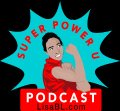


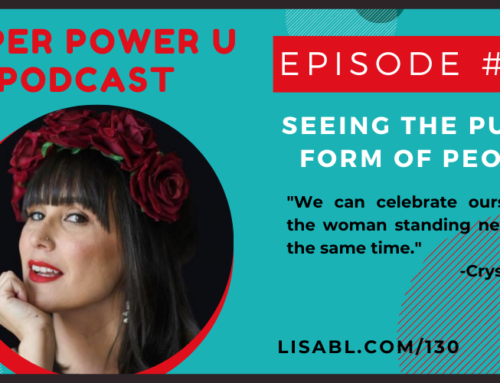

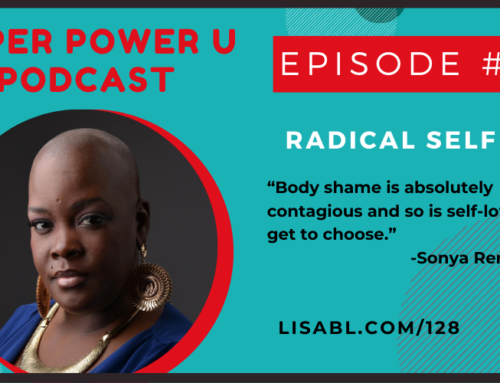
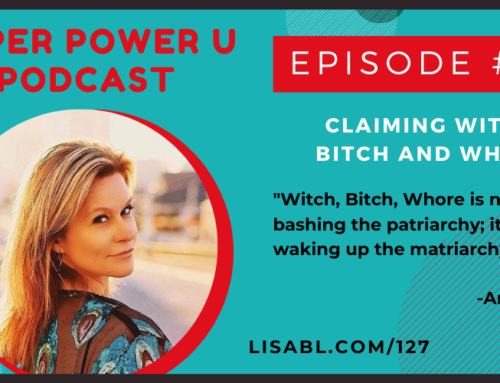
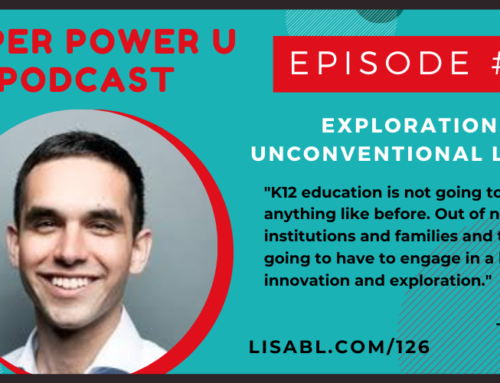
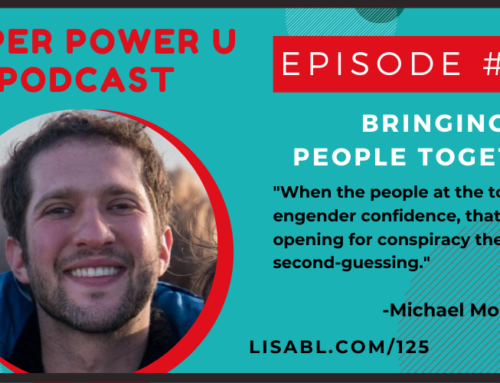
Leave A Comment